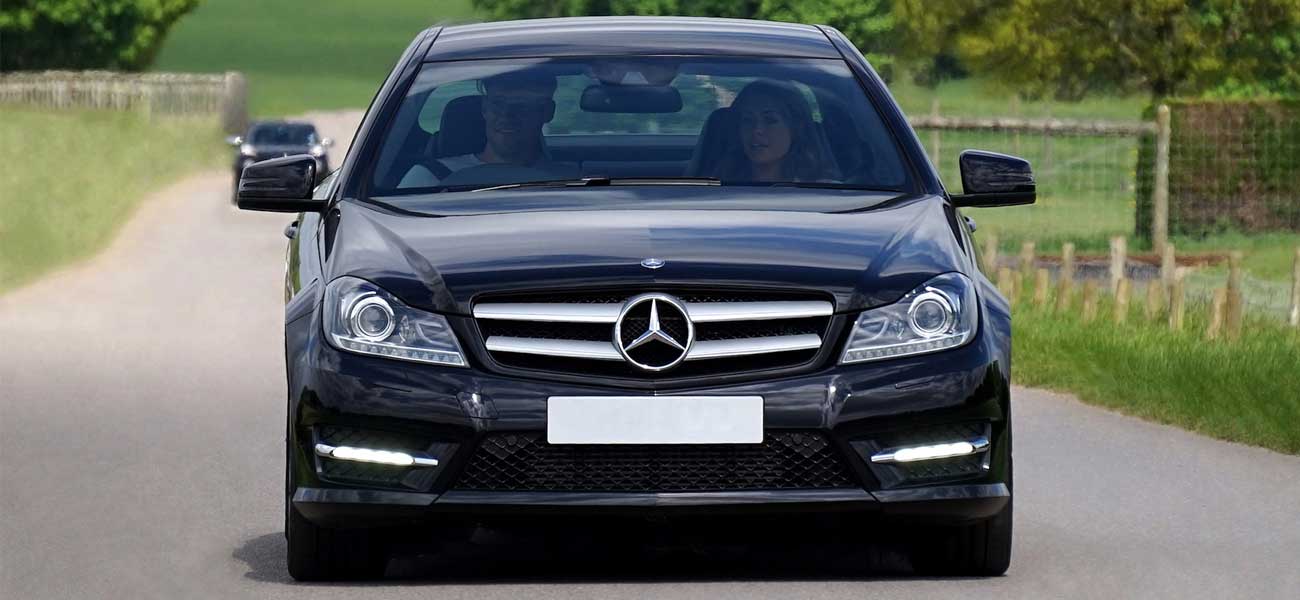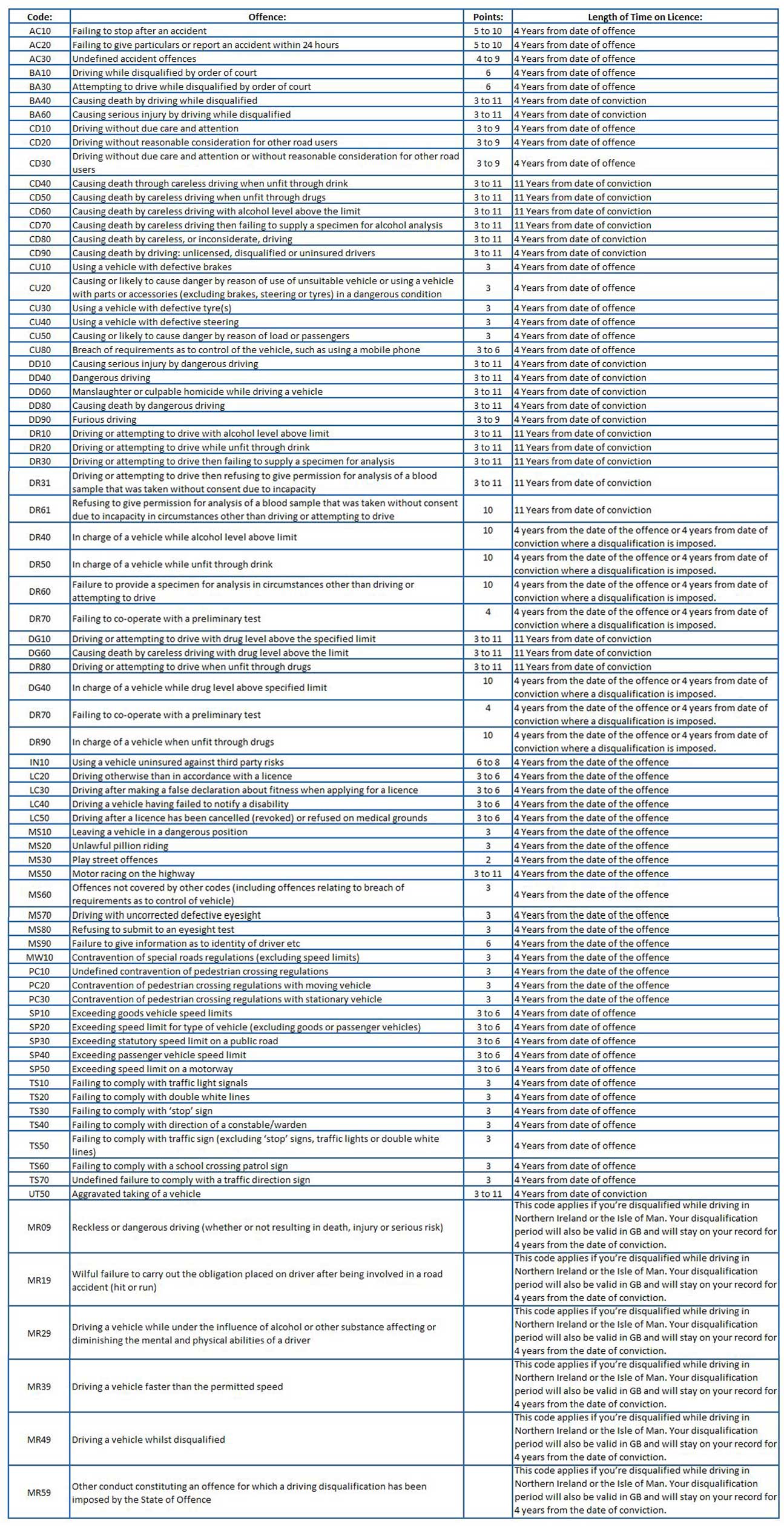It’s a controversial question that’s been debated for years, are men or women better drivers? Today, we’re going to try and answer it.
There are a lot of different facts and figures out there and it can get a little confusing or overwhelming looking at all the different numbers and trying to work out which gender are the better drivers. So, we’ve broken it down into four sections: driving tests and pass rates, road usage and patterns, points on driving licences, and statistics for road traffic accidents. In each of these sections, we’re going to look into the difference between the two sexes in the data and what this means for their safety on the roads.
We’ve also got an opinion piece from each side of the argument that give real-world experiences and voices to the discussion.
Driving Tests:
The first point in drivers’ lives that we can gather and review statistics for is at their driving tests.
UK drivers must first take a driving theory test before they can take the practical test. The UK Government gathers data on theory test pass rates, which can be separated by gender.
 This data was last updated in December 2019 and so we’ve included the year to date for 2019/2020 as well.
This data was last updated in December 2019 and so we’ve included the year to date for 2019/2020 as well.
As you can see although there are more men taking the driving theory test since 2016/2017 more women have passed this test. In fact, the percentage of women who passed the theory test has consistently been around 5% higher than that of men, since 2007/2008.
The UK Government also gathers data on practical driving test pass rates and this can also be separated by gender. 
This data was also last updated in December 2019 and so we’ve included the year to date for 2019/2020 as well. The overall tests taken / passed figure may be slightly higher than the combined male and female rates as in some places, like Northern Ireland, driver gender is not always captured.
These figures show that consistently year on year women are taking more tests than men, but that the pass rate for men is higher.
When we look at this in terms of the number of qualified drivers that are on our roads you can see that more men are passing the test year on year and so we would expect to see more male drivers on UK roads. Data from the DVLA shows that as of September 2020 there were 21,934,580 full driving licences issued to men compared to 18,863,943 issued to women which supports this.
There are slightly more female provisional licence holders at 4,574,412 compared with 4,021,805 that have been issued to men. However, if you combine the number of both full and provisional driving licence holders there are still more men with driving licences at 25,956,385 compared to 23,438,355 women.
A valid driving licence doesn’t equal an active driver, but the Department for Transport’s data on driving licence holders reflects a similar gender gap, with an estimated 33 million licence holders and 17 million of these estimated to be men and only 16 million women.
In terms of the percentage of eligible population who actually have driving licences this amounts to about 80% of men and 71% of women according to the National Travel Survey 2019 for England.
The National Travel Survey also looked at the number of people who live in households without access to a vehicle and this showed 17% of men who took part lived in a household without access to a car, whereas 20% of women lived in a household without access to a car. This suggests that men are likely to have easier access to a vehicle than their female counterparts.
So, it’s fair to say that from these figures we can conclude there are more male drivers on the roads. This is something we need to bear in mind when looking at the numbers for accidents and injuries as the raw numbers will likely show higher male driver involvement because there are more men on the roads.
Road Usage:
When we’re looking at statistics for driving it’s important to take into account the differences in road usage between genders. These figures on their own are interesting to look at, as well as helping us make more informed decisions when looking at the raw data for licence points and accidents.
According to the National Travel Survey for 2019 the average number of trips taken per year for men was 915, which is lower than the average annual number of trips for women at 990.
However, the same survey found that the average annual mileage for men was higher at 7,013 compared to women’s average at 5,998. So, although men are doing 8% less trips they are still travelling 17% more miles than women on average.
From this, we can see that although women are doing more trips the mileage they cover over these trips is lower and so women are spending less time on the road.
This reflects the type of trips that the different genders are doing, as men and women tend to travel for different reasons. Men tend to travel longer distances for commuting to work whilst women tend to make shorter journeys to shops and taking children to schools which tend to be closer.
If we look at commuting trips, the National Travel Survey puts the average number of trips for men commuting at 162 per year and the number for women at 119, which further supports the notion that men commute more then women.
According to Caroline Criado Perez in her book Invisible Women: Exposing Data Bias in a World Designed for Men women do 75% of the unpaid care work, which impacts the travelling they do. Trip-chaining is a term used to describe a journey that is several small interconnected trips rather than one trip from A to B, for example when dropping off children at school then going onto work then picking them up or going shopping on the way home from work.
Women tend to do much more trip-chaining then men as they are the ones doing the unpaid care work, which involves taking care of the young children and adults, and across Europe women in dual-worker families are twice as likely as their male counterparts to do the school runs as part of their commute to work. This is supported by the data in the 2019 National Travel Survey, which showed that women were doing more trips but covering shorter distances.
Shorter trips, especially the kind involved in trip-chaining with school runs, are more likely to be on roads with higher traffic volume and lower speed limits, especially when you consider that these journeys are typically made at peak road use hours.
The type of trips being made has an impact on the potential for accidents as well. There are likely to be more hazards in built-up areas however with slower speed limits drivers should have more time to react to these and reduce the risk of casualties and fatalities.

When a heterosexual couple goes out together the man will usually be the driver. A survey by the Institute of Advanced Motorists from 2010 found that when partners go out together the man is four times more likely to drive. This may in part be because men feel more confident driving, and less self-conscious when driving in front of their partner. Whatever the reason when couples go out together the man is usually in the driver’s seat.
Some jobs revolve around driving as well. Careersmart, an independent careers website, broke down the 2019 workforce by gender and if we look at the chart below you can see that the top eight jobs that revolve around driving are all almost completely staffed by men.

These drivers will usually have had to complete additional training so although they are spending the majority of their working hours in a vehicle they should hopefully be driving to a safer standard. Not all of these will be driving on the roads constantly either, for example fork-lift drivers tend to be on private property or in warehouses.
Overall, we think it’s fair to say that men are driving more than women in general. There are more men with valid licences and access to cars, as well as more men whose jobs involve driving as a critical part of the role, and when men are driving they are covering more miles than women despite doing few.
Points on Licences:
In the UK points are put on your driving licence for driving offences alongside receiving a fine.
Points can stay on your licence for either four or 11 years depending on the level of the offence. If you receive 12 or more points within three years you will be disqualified from driving for six months to two years depending on if you have been disqualified from driving previously.
Drivers who accrue six points or more within the first two years of passing their test will have their licence revoked and have to pass both the theory and practical test again before being allowed back on the road.
You can be given a number of points for various different offences. You can see all the driving offences you could receive points for on the chart below.
 As of September 2020 when the latest figures were released by the government there are 2,601,709 drivers with points on their licence. 70.9% of these drivers are men, with 1,843,332 male drivers having points on their licence compared to 758,377 female drivers.
As of September 2020 when the latest figures were released by the government there are 2,601,709 drivers with points on their licence. 70.9% of these drivers are men, with 1,843,332 male drivers having points on their licence compared to 758,377 female drivers.
So it’s clear from the figures that there are more male drivers on the road with points on their licence. Points are given for unsafe driving behaviours and from this we can infer that women are less likely to violate driving rules, and more likely to adhere to the rules of the road, which some would consider makes them safer drivers overall.
Accidents:
We’ve mentioned in the above sections that there are more men on the roads, and men tend to drive more miles than women so are spending longer on the roads as well. This will mean that we would expect to see proportionally more men involved in accidents as they are on the road more.
So, let’s look at the figures:

The above is based on reported road traffic accidents for 2019. We have included unknown sex as there are some accidents where the gender of the driver was not known.
As you can see from the raw figures more male drivers are involved in accidents and more of them are casualties in these accidents. In terms of percentages, male drivers account for 54.46% of accidents compared to female drivers who account for 33.36% of accidents. It’s important to be aware that both of these percentages are based could also be slightly higher as the driver’s gender is unknown for 12.18% of accidents. However, even if all of the drivers where their gender is unknown were women, which is unlikely, this would still only amount to 45.54% of accidents and male drivers would still be involved in a higher amount of accidents.
While the percentage of male drivers involved in road traffic accidents was much higher when we look at the percentage of drivers involved in accidents who were also casualties this is higher for women with 53% of drivers who are female being injured in accidents compared to 40% of men. So, although more men were involved in accidents if a woman was driving and involved in an accident they were more likely to be injured.
Opinion Pieces:
The above article gave you all the facts and figures but we’ve also spoken to two of our team member to get their views on which sex are the better drivers.
Speaking for the women we’ve got Abby, our resident feminist and Fiat lover. She’s been driving for five years, and although it took her a couple of attempts to pass her driving test, she thinks this has made her a better driver.
On the men’s side we’ve got Will, Xcite Car Leasing’s very own Marketing Manager and resident DJ. He’s been driving for 15 years so has a few more miles under his belt.
Abby’s Opinion:
It’s clear from the facts given above that there are more men than women on the roads and I’m not going to dispute that. Although I will point out that of the estimated 33 million active drivers 17 million are men compared to 16 million women, and when we look at this in terms of percentages that approximate million drivers difference isn’t as large as it seems with men at 51.52% of drivers compared to 48.48% who are women.
I know the above article also mentions that men on average cover more miles on fewer trips. Arguably I would say that this should work in their favour. They’re spending more time behind the wheel, and as we’re all taught as learner drivers practise makes perfect. It could be said that with more time behind the wheel men build up more driving knowledge and therefore you would expect them to have lower accident rates because they have a wealth of knowledge and muscle-memory actions built up. I appreciate that it could also be argued that as women do a higher number of journeys this argument could also be flipped to suggest that as they are doing more trips they should be better drivers, but when you take into account the fact that more of their time will be spent setting off / parking because they are going on more trips it’s more likely that men are having more actual driving time.
When we look at the gender of drivers involved in accidents in 2019 men accounted for 54.46% of drivers involved in accidents while women are only involved in 33.36%. The above article points out that even if all of the drivers involved in accidents where the gender was unknown were actually women this would still only be 45.54% of accidents where the driver was female. Realistically all of the unknown gender drivers are unlikely to be women, so if look at the difference in the percentage of drivers involved in an accident proportionally to the percentage of overall drivers women are involved in fewer accidents than their male counterparts.
Another point I’d like to raise is that if we take the figures mentioned earlier of men accounting for approximately 51.52% of drivers and look at this against the number of penalty points on driving licences this is 51.52% of drivers who hold 70.9% of all licence points. Points are given for reckless and illegal driving habits, so from this, we can see that men are far more likely than women to have dangerous driving habits.
Overall, I think it’s very clear that women are the safer sex behind the wheel!
Will’s Opinion:
So there are a few facts and figures in the above piece that, in my opinion, would suggest that men are the better drivers. Firstly, men cover more miles. More miles mean there is more chance of an accident or being caught speeding. Very simply put, it is the law of averages, more miles = more risk.
To prove this point, and only this point, why does your insurance go up if you do more miles? Because the risk is greater. So when we look at stats of men and women, if women travel less miles on the road they are, according to all the evidence and the law of averages, going to have better stats. THIS DOES NOT MEAN THEY ARE BETTER DRIVERS!!! Top this with an additional 1 MILLION more men with driver licences… its pretty obvious who’s the better driver.
Now unlike Abby who wanted to give you stats and figures, I want to give you something far greater, PERSONAL EXPERIENCE. There is nothing better than your personal experience to gain an opinion on a hot subject like this.
In my household there are two drivers, myself and my wife. I drive a nice and fairly new VW Golf GTD. It has been involved in two accidents…. The most recent one was a non-fault of ours accident where a male, yes male driver, drove into the back of us. The other accident was when my wife was driving the car, she found a deer and caused £5500’s worth of damage to the front of the vehicle. Additionally, there is a wheel with a lovely scuff on it… caused by? Yep you guessed it, my wife. Now, she drives an older car, because as she puts it, she doesn’t look after cars… Her pervious lease car had front bumper damage caused by, yes you guessed it, another accident,, which needed repairing by a specialists due to a sensor in the front grill. But that wasn’t it for that poor car… She also crash it into a parked car which meant that the rear wing on the driver’s side needed repairing.
So when you ask my wife who is driving on the family holiday or the weekend shopping trip, she will look at you like you’re silly, because as she says it, she can’t be trusted, she is a women and I am a man. So, MAN = BETTER drivers. FACT.
Let us know in the comments below whether you agree with Will or Abby on which the safer sex is behind the wheel.









Leave a Comment